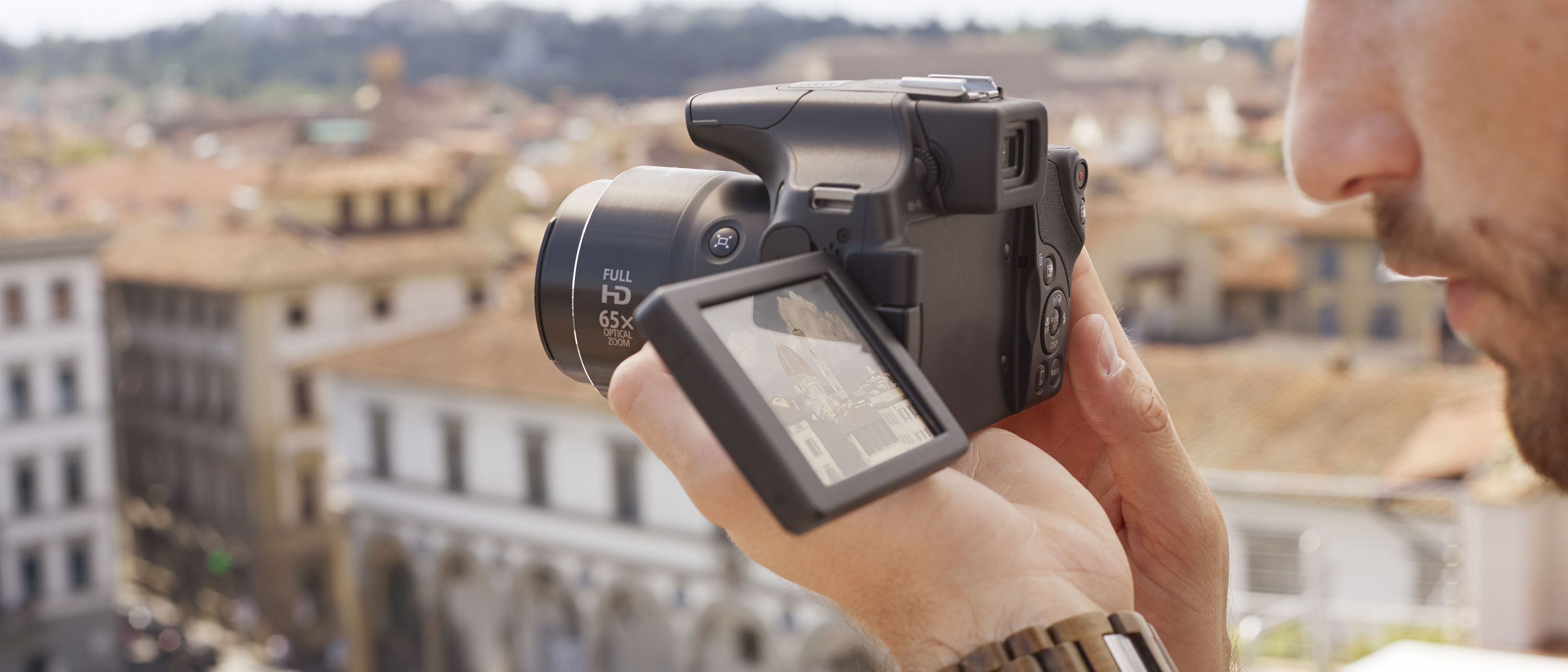Why you can trust TechRadar
Performance
- Optical image stabilization
- Solid metering performance
- 340-shot battery life
The camera's general purpose metering system does a good job of producing accurate exposures even in tricky/mixed lighting conditions. I found I hardly ever needed to add or subtract exposure compensation, though it would be handy to be able to do that in the automatic modes if you needed to. It seems strange that it's only possible in aperture priority or shutter priority.
Automatic white balance does a decent job when faced with different kinds of light, but it does err slightly towards warm or yellowish tones under artificial lighting. Switching to a more appropriate white balance setting fixes this problem though.
It's important that the zoom be up to scratch with a camera like this, and being a market leader at 65x optical it really needs to deliver. Images taken at the far end of the optical zoom (1560mm equivalent) show a great level of detail and certainly make the camera very flexible to use. If the 65mm isn't enough – which seems unlikely in most scenarios – you also have the option to use ZoomPlus. This also puts in a reasonably good performance, and is certainly useful if you do need that extra reach. I'd probably stay clear of the extra digital zoom unless absolutely necessary, as here you can see a much greater loss in quality.
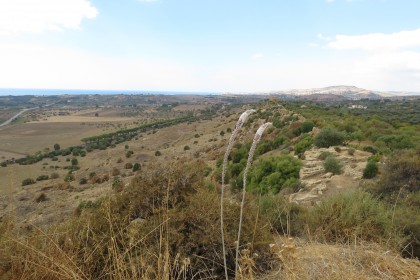
At its widest point, the SX60's lens offers 21mm, which is great for capturing wide sweeping vistas. Click here for a full resolution version.

The 65x optical zoom gives you lots of flexibility – here we can see a close-up of a ruin which is barely visible in the wide angle image. Click here for a full resolution image.

Use the ZoomPlus feature to get even closer if you need to. Click here for a full resolution image.
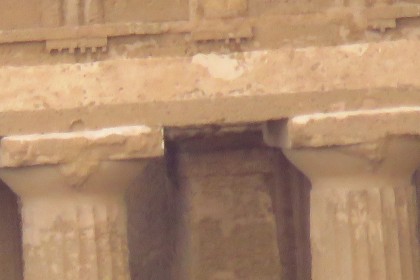
The standard digital zoom allows you to get even closer if you need to, but it also represents a drop in image quality. Click here for a full resolution image.
The lens also produces sharp images at its widest point (21mm), and shooting mid-range apertures such as f/8 allows us to examine how well the lens performs for edge-to-edge sharpness. Detail is kept reasonably well across the frame, with some slight softness in the very outer corners of the frame when viewing at 100%. Again, though, the overall impression of sharpness is great.
Image quality
- ISO100-3200
- Photo Effects
- Good detail at low sensitivities
Images straight from the camera are beautifully bright and punchy, displaying a typical level of Canon saturation that I've come to expect.
The camera works especially well in good light, putting in a performance that is comparable to a DSLR. At lower sensitivities, the amount of detail resolved is fantastic when examining at 100%, which gives you excellent scope should you wish to crop an image down the line.
As you move up the sensitivity scale however, the performance dips a little. Examining images taken at ISO 1600 reveals noise at 100% magnification, although overall a decent impression of detail is kept when viewing at normal printing and web sizes. In dark conditions, a fair amount of image smudging can be seen – and not just when viewing images at 100%. Trying to use the extensive zoom range in dark conditions is also difficult as the camera will often struggle to focus.
By examining the raw files we can see how much processing the camera applies to JPEG images. If you're interested in retaining more detail at the expense of noise, it's good to work with the raw format files.

There's lots of detail resolved by the SX60's 16.1 million pixel sensor. Click here for a full resolution version.

When shooting in bright light conditions, the camera is at its best producing images which are vibrant and punchy. Click here for a full resolution version.

Colours directly from the camera are wonderfully saturated, as we have come to expect from Canon cameras. Click here for a full resolution version.

When shooting in lower light at higher sensitivities you'll begin to see some examples of image noise creeping in, especially if you examine at 100%. Click here for a full resolution version.

The camera's evaluative metering system has coped well here to produce a balanced exposure despite the tricky lighting conditions. Click here for a full resolution version.
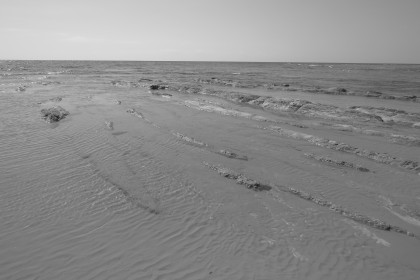
If you're shooting in JPEG only, you can alter colours using MyColors, for instance by shooting in Monochrome. Click here for a full resolution version.
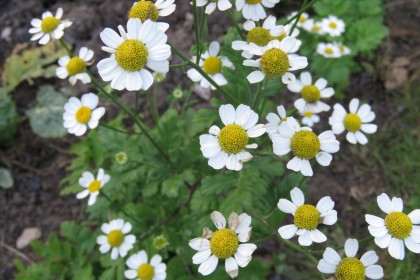
Activate the macro focusing function to shoot close-ups. Click here for a full resolution version.
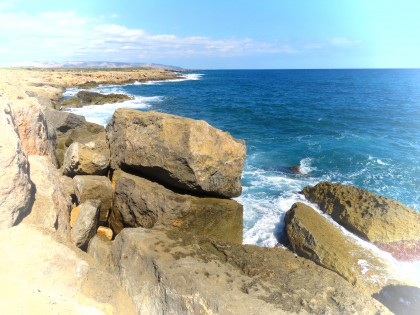
Use the Creative Shot mode to take five images with randomly applied filters and crops - you'll also be left with an unaltered original should you need it. Click here for a full resolution version.
Digital Filters
You can use these digital filters in the dedicated filter mode, but you can only shoot them in JPEG.
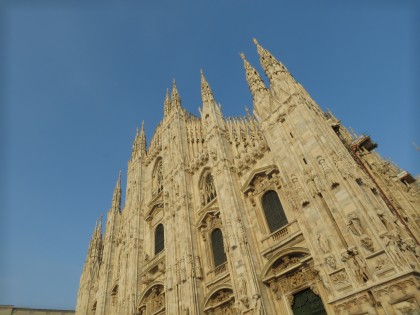
High Dynamic Range. Click here for a full resolution image.
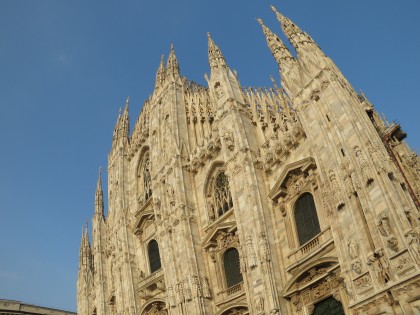
Fish-eye Effect. Click here for a full resolution image.
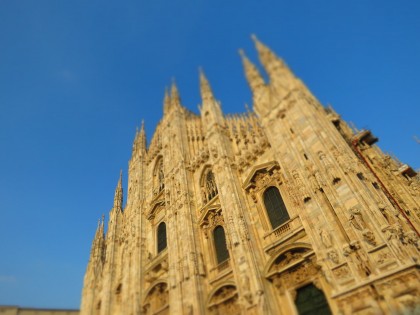
Miniature Effect. Click here for a full resolution image.
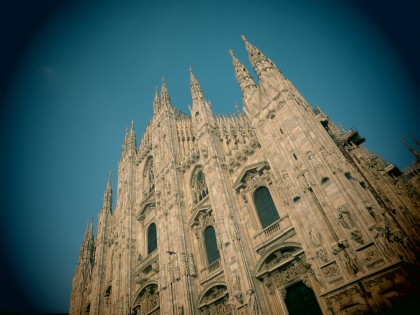
Toy Camera Effect. Click here for a full resolution image.
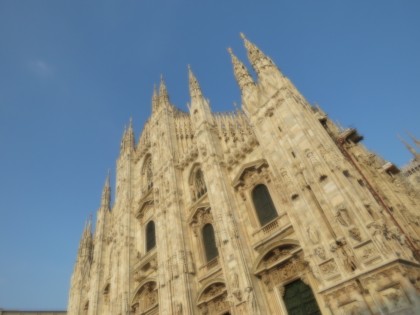
Soft Focus. Click here for a full resolution image.
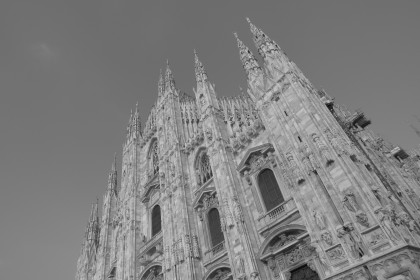
Monochrome. Click here for a full resolution image.
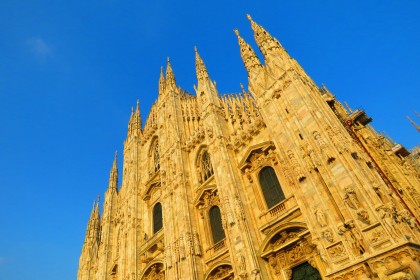
Super Vivid. Click here for a full resolution image.
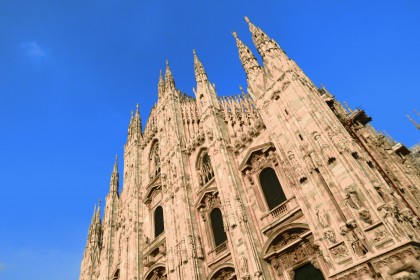
Poster Effect. Click here for a full resolution image.
Current page: Performance and image quality
Prev Page Build, handling and AF Next Page Verdict and competitionAmy has been writing about cameras, photography and associated tech since 2009. Amy was once part of the photography testing team for Future Publishing working across TechRadar, Digital Camera, PhotoPlus, N Photo and Photography Week. For her photography, she has won awards and has been exhibited. She often partakes in unusual projects - including one intense year where she used a different camera every single day. Amy is currently the Features Editor at Amateur Photographer magazine, and in her increasingly little spare time works across a number of high-profile publications including Wired, Stuff, Digital Camera World, Expert Reviews, and just a little off-tangent, PetsRadar.
